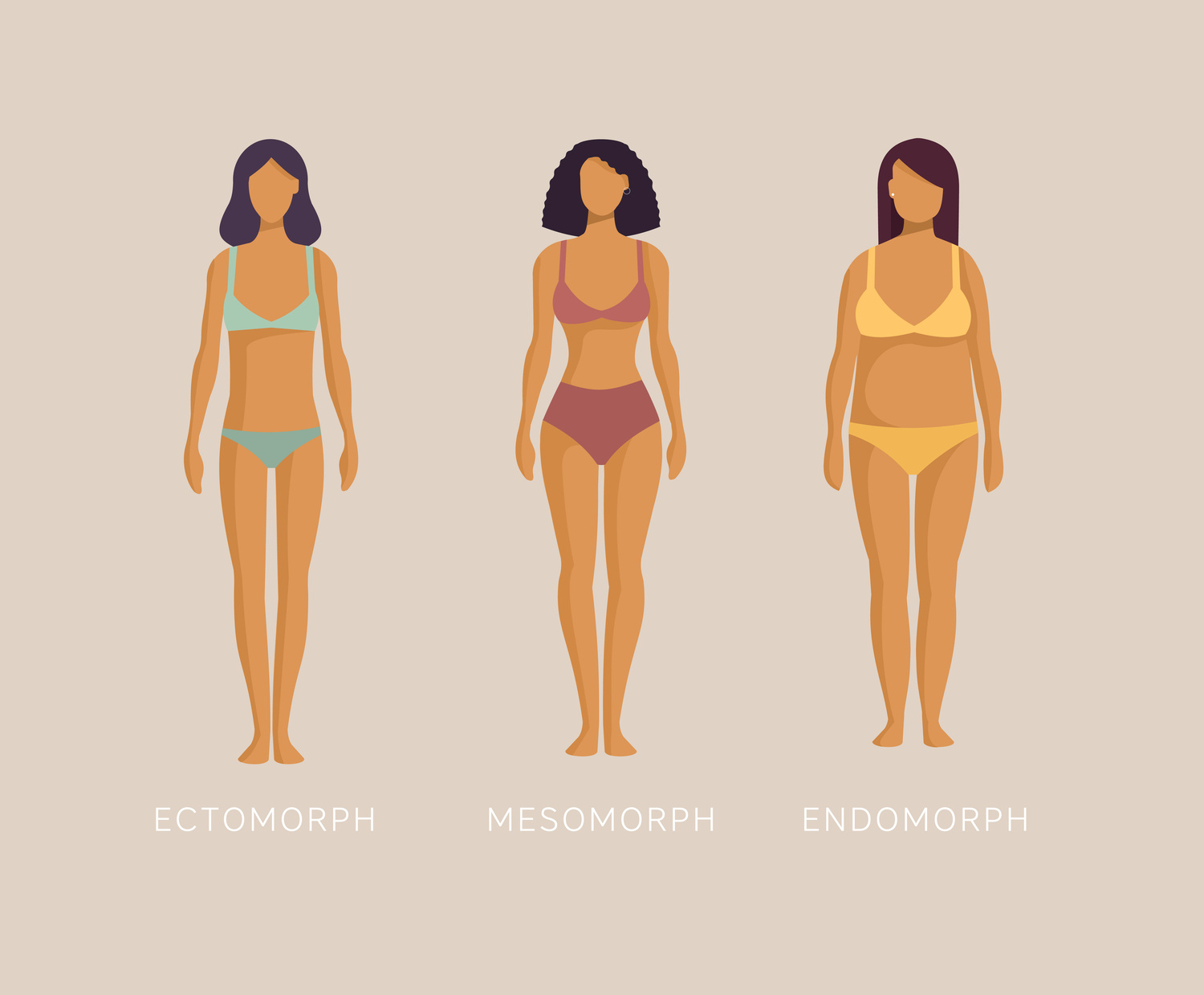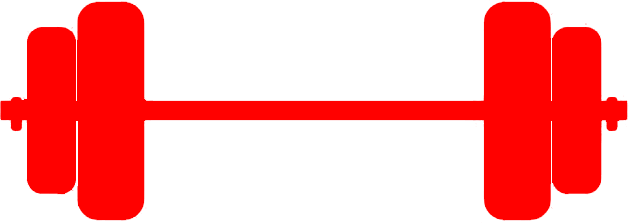What You Need To Know About Having An Endomorph Body Type

Do you feel like your body easily holds onto extra weight? Are you naturally curvy with a slower metabolism? These attributes may indicate that you have an endomorph body type.
Endomorphs are characterized by their curvier or softer appearance, wider hips, and a predisposition to gain weight quickly. In Steve Zim’s ATU mobile program you may see this referenced as an ellipse shape for males, or an oval shape for females.
Understanding your body type allows you to create a fitness and nutrition plan that works with, rather than against, your natural tendencies. Below you’ll find exercise and diet tips that help endomorphs reach their fitness goals. And, you’ll find even more if you sign up for ATU Mobile!

The Three Main Body Types
The concept of body types, or somatotypes, was developed by Dr. William Sheldon in the 1940s. Sheldon identified three main body types as:
- Ectomorph: Slim and lean with difficulty gaining muscle or fat
- Mesomorph: Naturally muscular and athletic
- Endomorph: Rounded physique with a tendency to store fat easily
Below, we’ll dive into what makes an endomorph body type unique, and some fitness and nutrition tips to help you reach your goals.
Common Characteristics of an Endomorph Body Type
- Naturally higher levels of body fat
- A rounded or pear-shaped physique
- Slower metabolism compared to other body types
- Tendency to gain muscle along with fat
- Difficulty in losing weight despite efforts
If you identify with these traits, you may be an endomorph. However, it’s important to note that most people exhibit a mix of body type characteristics and rarely fit perfectly into one category.
Benefits of Understanding Your Endomorph Body Type
While endomorphs may face challenges with weight management compared to mesomorphs or ectomorphs, they also possess unique advantages:
- Strength Potential: Endomorphs often build muscle easily, which can aid in boosting metabolism
- Energy Reserves: The natural ability to store energy can be advantageous in endurance-based activities
- Resilience: With consistent effort, endomorphs can achieve a healthy and balanced physique
Best Workouts for the Endomorph Body Type
Endomorphs benefit most from a combination of cardio, strength training, and active recovery exercises. Here’s an example of how you might want to structure your workout plan:
1. Cardio Workouts
Cardio is essential for endomorphs to burn calories and improve heart health. Focus on high-intensity and steady-state cardio sessions.
- Frequency: 4-5 days per week
- Best Cardio Options: HIIT (High-Intensity Interval Training), brisk walking, cycling, swimming, and dancing
- Duration: 30-45 minutes per session
2. Strength Training
Building lean muscle mass helps endomorphs increase their metabolic rate, aiding in fat loss.
- Frequency: 2-3 days per week
- Exercises: Deadlifts, squats, lunges, push-ups, and rows
- Reps and Sets: 8-12 reps for 3-4 sets to build muscle and strength
3. Active Recovery and Flexibility Training
Incorporating active recovery days prevents burnout and can enhance mobility.
- Frequency: 1-2 days per week
- Activities: Yoga, Pilates, light stretching, or leisurely walks
Diet Tips for the Endomorph Body Type
Diet is a crucial element for endomorphs looking to manage their weight effectively. Although your diet plan is more impacted by your overall health goals, here some helpful nutritional strategies that endomorphs can follow:
1. Focus on Macronutrient Balance
Endomorphs thrive on a diet rich in protein and healthy fats, with controlled carbohydrate intake:
- Protein: 30-35% of daily calories (chicken, fish, eggs, tofu, beans)
- Carbohydrates: 25-30% of daily calories (leafy greens, non-starchy vegetables, whole grains)
- Healthy Fats: 30-35% of daily calories (avocados, nuts, seeds, olive oil, fatty fish)
2. Prioritize Fiber-Rich Foods
High-fiber foods help endomorphs feel fuller for longer and support digestion. Examples include:
- Vegetables
- Fruits
- Legumes
- Whole grains
3. Meal Timing and Portion Control
- Smaller, Frequent Meals: Eating smaller portions every 3-4 hours helps stabilize blood sugar levels
- Post-Workout Protein: Consuming protein after a strength workout can help bolster muscle growth and speed up recovery
4. Hydration
Staying hydrated supports metabolism and overall health. Aim for at least 8-10 glasses of water daily.







